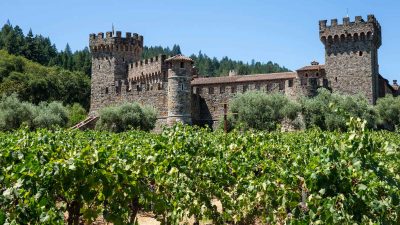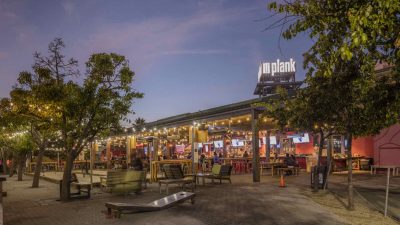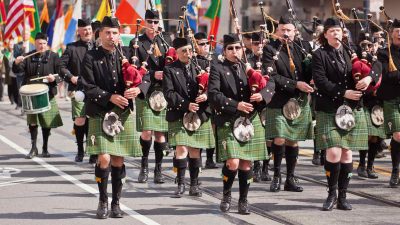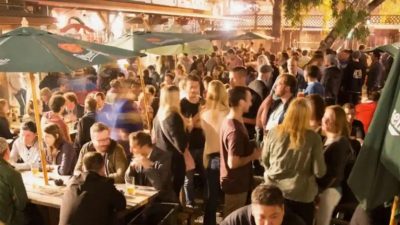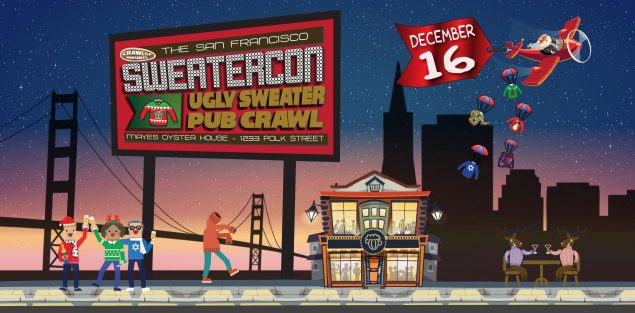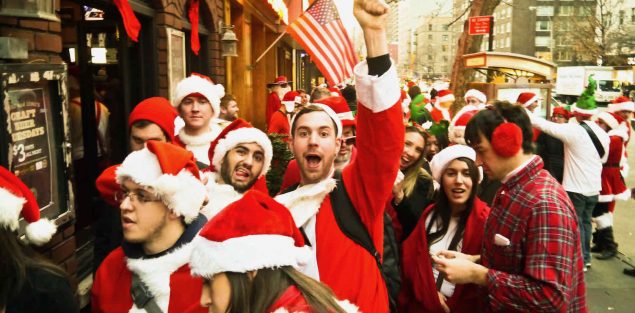Cinco de Mayo: A Mexican-American Holiday with Room for All to Celebrate
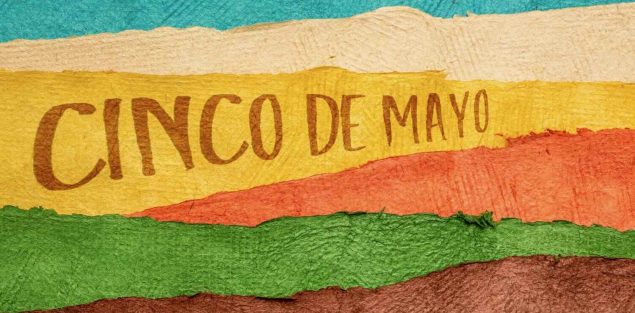
Every May 5, Cinco de Mayo brings a burst of fun to cities across the United States. In San Francisco, the Mission District pulses with mariachi music, taco trucks & margaritas, as crowds celebrate what many assume is a major Mexican holiday. But here’s the twist: Cinco de Mayo, while technically a celebration of a Mexican victory, is far bigger in the U.S. than in Mexico itself. It is, for the most part, a distinctly Mexican-American phenomenon. It’s a day that invites everyone like Americans, Mexicans, Mexican-Americans and beyond to join the fiesta with respect and joy.
The world has changed a lot in the last decade with a huge emphasis on respecting other cultures and traditions. Not that it wasn’t an important topic before that, however the awareness about respecting the differences regarding culture, ethnicity, religious beliefs, gender, etc. has become more widespread. It is important to keep other people in mind whether you think differently than they do, practice a different religion or live a different lifestyle. However, if you were worried about making a Cinco de Mayo post or attending an event in the United States, you don’t need to be. You should stay away from certain negative stereotypes and make sure you treat the holiday and the culture of Mexico with respect, but since it is technically a Mexican-American holiday, you are welcome to celebrate and enjoy the fun. In fact, Cinco de Mayo is a great time to embrace Mexican culture, try some new Mexican foods or cocktails and even attend some cultural festivals, art exhibits or events.
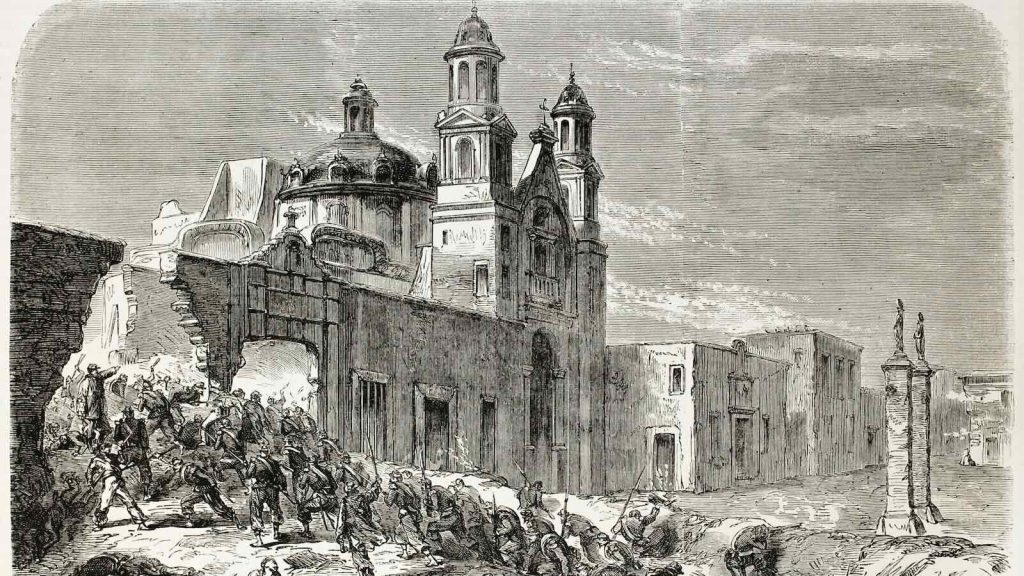
The Reason for the Holiday
Cinco de Mayo commemorates the Battle of Puebla on May 5, 1862, when a small Mexican army, led by General Ignacio Zaragoza, defeated a larger French force against steep odds. It was a big win during a time of financial strain and foreign pressure and serves as a symbol of Mexico’s resilience. In Puebla today, the day brings parades, battle reenactments & feasts of mole poblano, but across most of Mexico, it’s a much smaller affair. The holiday’s true home, surprisingly, is north of the border, where it’s grown into a popular Holiday for all ages.
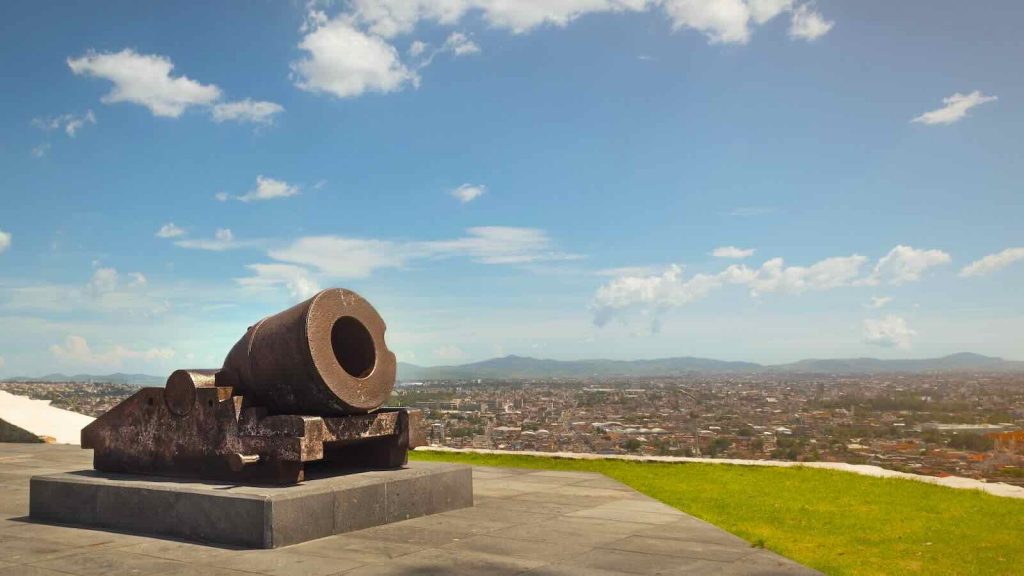
A Mexican-American Creation
Cinco de Mayo’s U.S. story began almost immediately after the battle, in California’s Mexican-American communities. In 1862, miners in towns like Columbia held dances and speeches to cheer Puebla’s victory, a way to honor their homeland while navigating life in a new country. These early celebrations were small but meaningful. Fast-forward to the 1960s, and the Chicano movement, a push for Mexican-American civil rights, gave the holiday new life. Activists saw the Battle of Puebla as a metaphor for their own fight against marginalization, turning Cinco de Mayo into a platform for cultural pride.
By the 1970s, festivals sprang up in cities like Los Angeles, San Francisco & Chicago, showcasing mariachi bands, dances & street food. Mexican-American organizers used the day to highlight their contributions to the U.S., from art to cuisine. Unlike in Mexico, where the holiday stays regional, American celebrations grew nationwide, fueled by commercial boosts from beer and tequila brands in the 1980s. Today, events like L.A.’s Fiesta Broadway or San Francisco’s Mission street fairs draw thousands.
Why It’s More Mexican-American
Cinco de Mayo’s outsized U.S. presence sets it apart from its Mexican origins. In Mexico, it’s a footnote outside Puebla, lacking the federal holiday status of other celebrations. In the U.S., it’s a huge party holiday, often rivaling St. Patrick’s Day for scale. This difference stems from Mexican-Americans’ unique experience, straddling two cultures, they’ve reshaped Cinco de Mayo as a way to celebrate their heritage while asserting their place in America. It’s less about the battle itself and more about what it represents.
The holiday’s evolution reflects this. In San Francisco, for example, Cinco de Mayo festivals highlight Latinx artists and vendors, not just Mexican ones, embracing the broader diaspora. Food stalls serve Tex-Mex burritos alongside Oaxacan tamales, and music ranges from cumbia to hip-hop. It’s a distinctly American remix, born from Mexican-American creativity and openness to blending traditions.
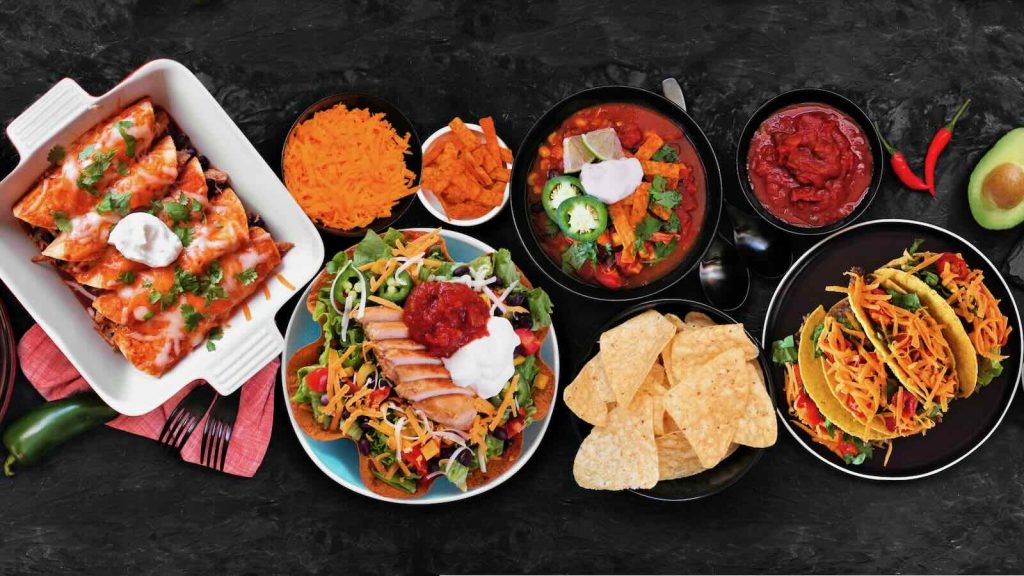
Everyone’s Invited—Here’s Why
Cinco de Mayo’s Mexican-American heart doesn’t mean it’s exclusive. The holiday celebrates culture through food, music, and togetherness and eeryone is welcome. Mexican-Americans have long shared their traditions, inviting others to join in. Here’s why it’s appropriate for all to celebrate:
For Mexican-Americans: It’s a day to honor their dual identity, showcasing their contributions to the U.S. while staying connected to Mexico’s history. Festivals like those in Chicago’s Little Village or San Antonio’s Market Square are love letters to this legacy.
For Mexicans: While the U.S. version is flashier than Puebla’s, Mexicans living stateside can embrace it as a chance to share their culture. Many participate in parades or cook traditional dishess, bridging their homeland’s story with new audiences.
For Americans: Joining Cinco de Mayo is a way to appreciate Mexican-American neighbors and their impact, from amazing chefs to Nobel Prize winners like chemist Mario Molina. It’s a chance to learn, taste & celebrate, especially at inclusive events like Denver’s two-day festival, where history lessons mix with tequila toasts.
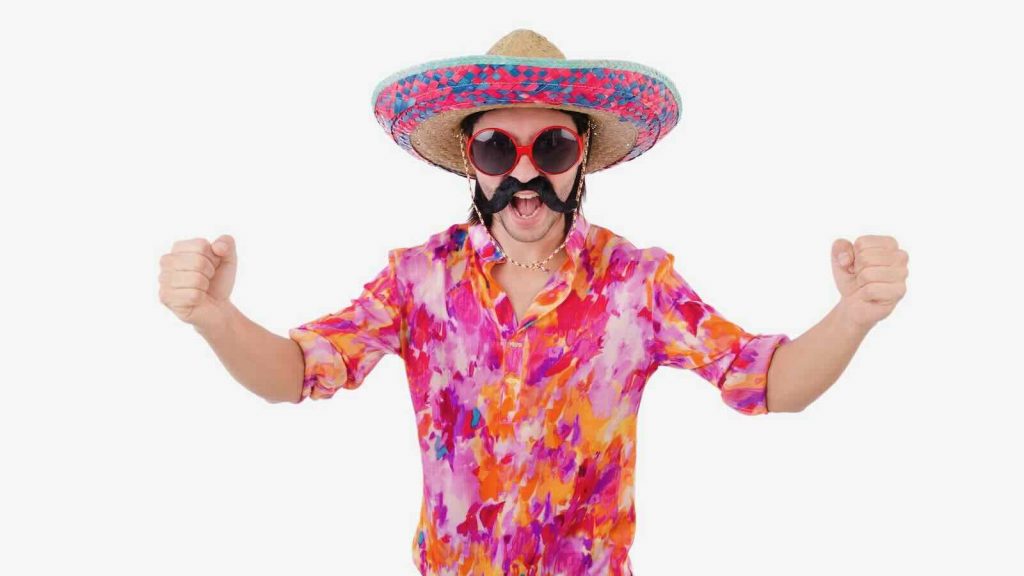
The key is respect. Some Mexican-Americans critique commercialization like think tacky sombrero hats or “drinko de mayo” promotions that overshadows the holiday’s roots. Celebrating thoughtfully, like savoring authentic tacos at a San Francisco taqueria or attending an event, ensures everyone’s part of the joy without stepping on toes.
A Shared Fiesta
Cinco de Mayo may have started in Puebla, but Mexican-Americans have made it a cornerstone of U.S. culture, a day where identity and pride take center stage. In places like San Francisco, it’s a chance for communities to come together, share stories, and dig into plates of carnitas. Whether you’re Mexican, Mexican-American, or just a fan of a good fiesta, Cinco de Mayo invites you to join in—grab a margarita, learn about the battle, and celebrate the culture that makes this holiday a gift to us all.









